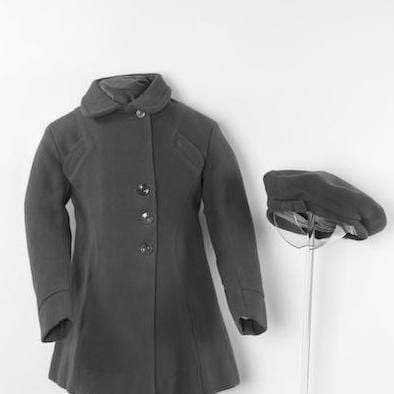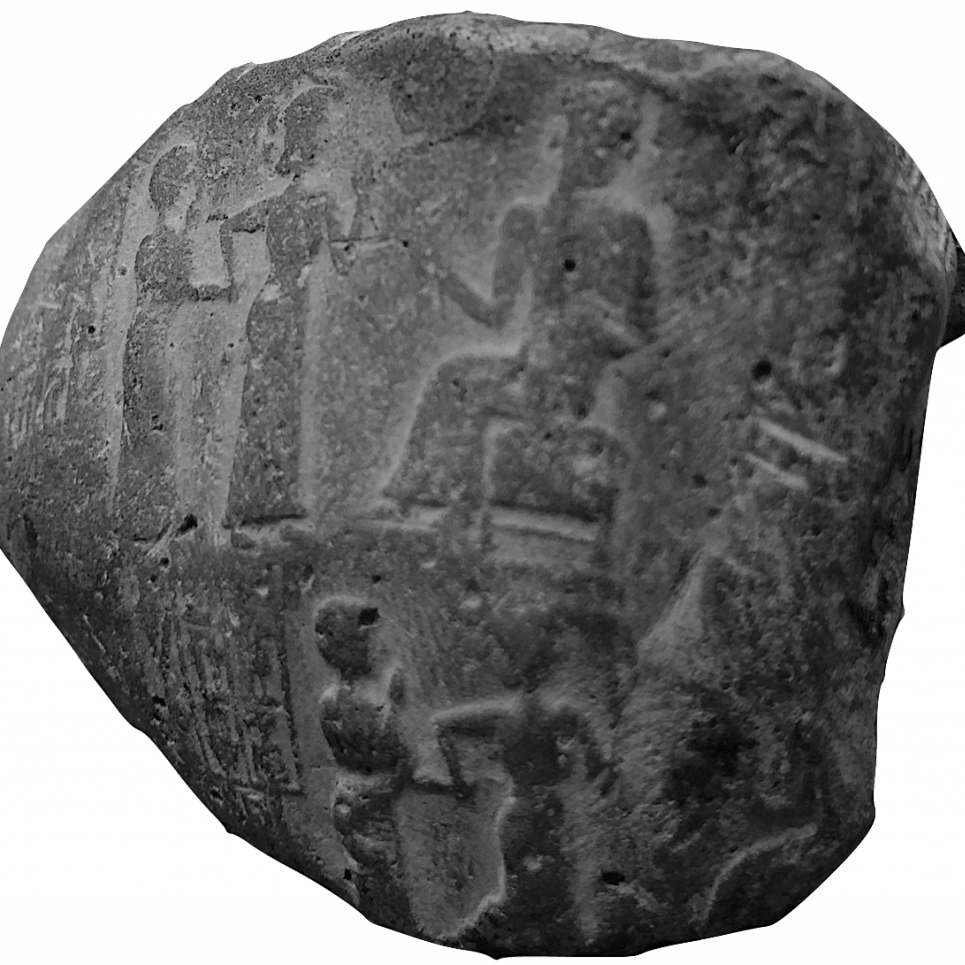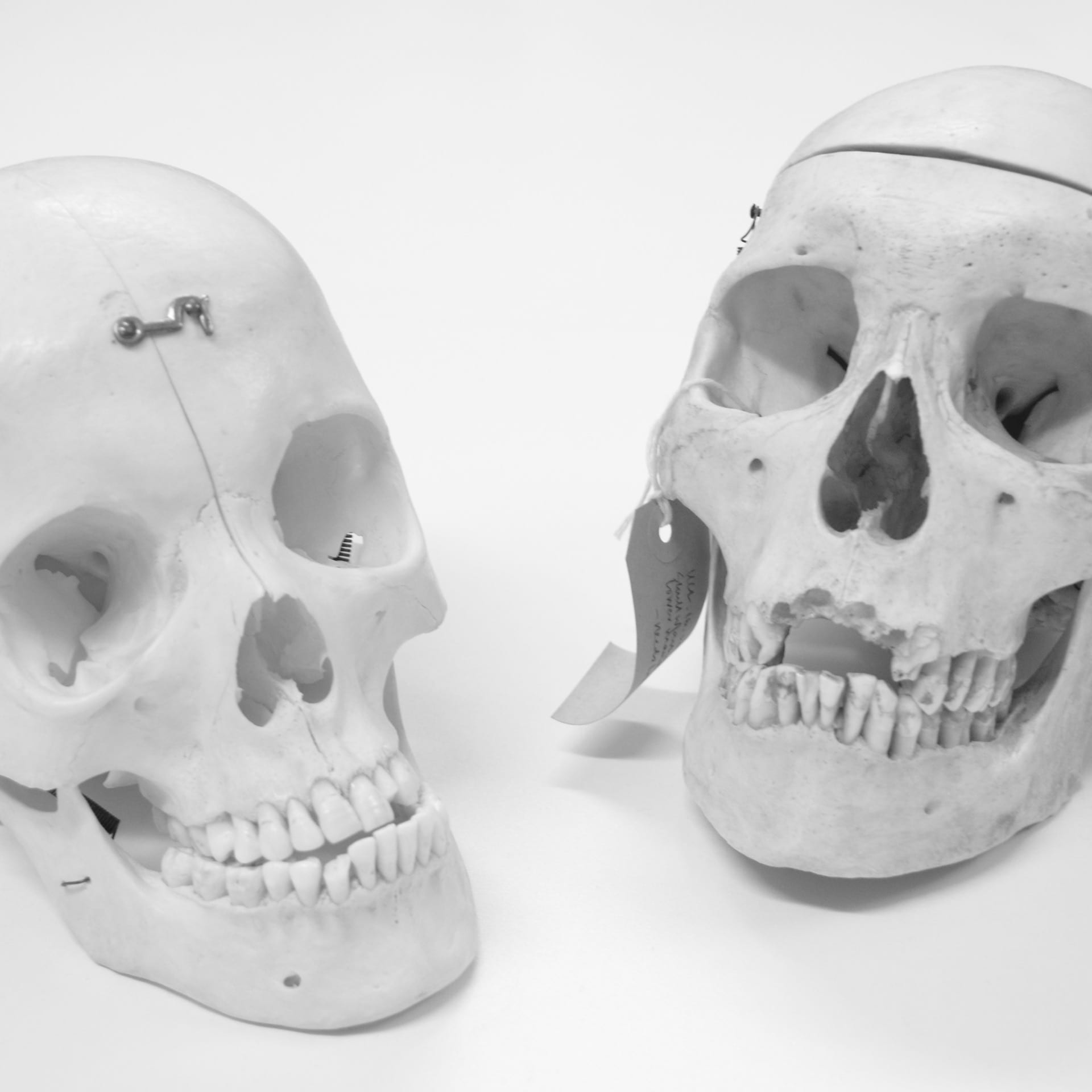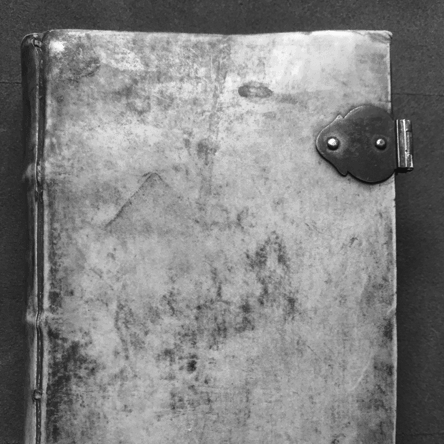[Last modified: March, 25 2019 02:25 PM]
“ To walk in money through the night crowd,
protected by money, lulled by money, dulled by money,
the crowd itself a money, the breath money,
no least single object anywhere that is not money, money, moneyeverywhere and still not enough, and then no money
or a little money or less money or more money, but money, always money,
and if you have the money or you don’t have money
it is the money that counts and money makes money,
but what makes money make money? ”– Henry Miller, Tropic of Capricorn (1939)
Nowadays, the existence of money itself has succeeded in completely colonising social life, and in which every bill leads to a good and secured life. The mechanisms of the current economic model have gradually pushed people into the roles of “winners” and “losers” based on which end of the economic spectrum they occupy- the thickness of wallet, the number of zeros on the bank balance.

When the totalitarian regime of Joseph Mobutu was overthrown in 1997 in Congo, the new government simply punched out Mobutu’s image until it could design and print new currency – they remained in circulation for quite a long time.

This would have put public in a brittle sense of hollowness, and insecureness, having the image of representative figure vulgarly omitted.
This tells us how today’s form of money grants people with
This could probably answer the question “what makes money make money?”: It is the sense of security and social connectedness associated with the form of money that “makes money the money”.
Home Page
Conclusion
Meet the curators
Acknowledgements
Reference
Miller, H., (1962). Tropic of Capricorn. New York, Grove Press [1962, ©1961].
Object information
1-2. Punched-out banknote of Congo in 1997, Colors Magazine: #85 Going to Market, 2012
3-11. Banknotes of South Korea, Brazil, Germany, United Kingdom, China, Egypt, India, Russia and the United States. all images and further information from Banknotes.com.




















